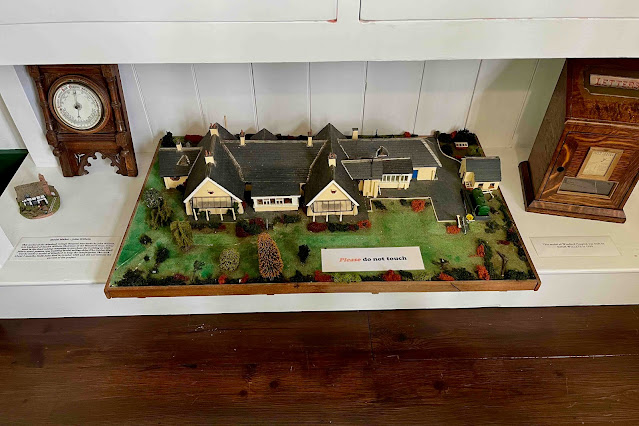The westward rails run out at Penzance, there’s nowhere else to go except back. After 326 miles from Paddington it’s the end of the line. A first station opened in 1852 and in 1859 it was connected to London with the opening of the Royal Albert Bridge across the River Tamar. In 1876 a new and larger station was built and for a century or so, the Cornish Main Line was the first choice of travellers and holiday makers heading for the resorts of the far South West. When traffic declined sharply as passengers piled into family cars for the journey west, rail managers responded by cutting services and track work to balance the books. Today’s station is substantially the layout built by the GWR in 1937 but despite all the rebuilds and extensions nobody ever thought it worth providing the sort of grand entrance its importance might have merited. The single modest entrance to the cramped concourse is via the side of the building. Only the overall roof offers any sense of occasion. If the Thatcher government had implemented the recommendations of the Serpell Report in 1983 there would now be no railway lines in Cornwall (or Devon and Somerset for that matter).
The overview below of Penzance Station approximates the vantage point of Stanhope Forbes when he painted "A Terminus in the West" in 1925 when it was a 2 platform station. The GWR commissioned Forbes to make paintings of Cornish subjects for publicity purposes and the Penzance station painting is now in the collection of the National Railway Museum. Forbes was born in Dublin where his father was manager of the Midland Great Western Railway of Ireland suggesting an affinity with railway subjects. He also produced poster designs for the LMS in his characteristically robust realism style, all of which brought some relief from the pilchards and fisherfolk. Penzance is a station to be valued for its remoteness, its individuality - the only overnight sleeper train to run in England terminates here - and the blunt fact that there’s no further to go.


















